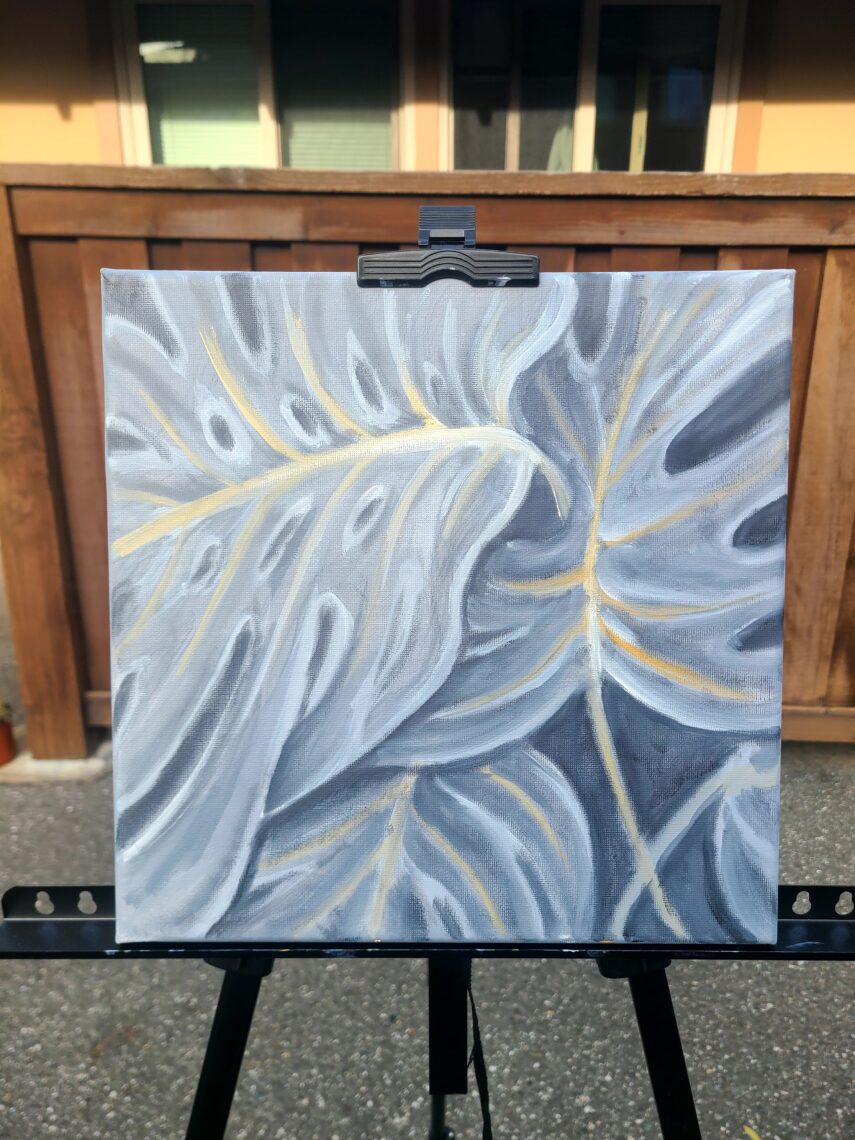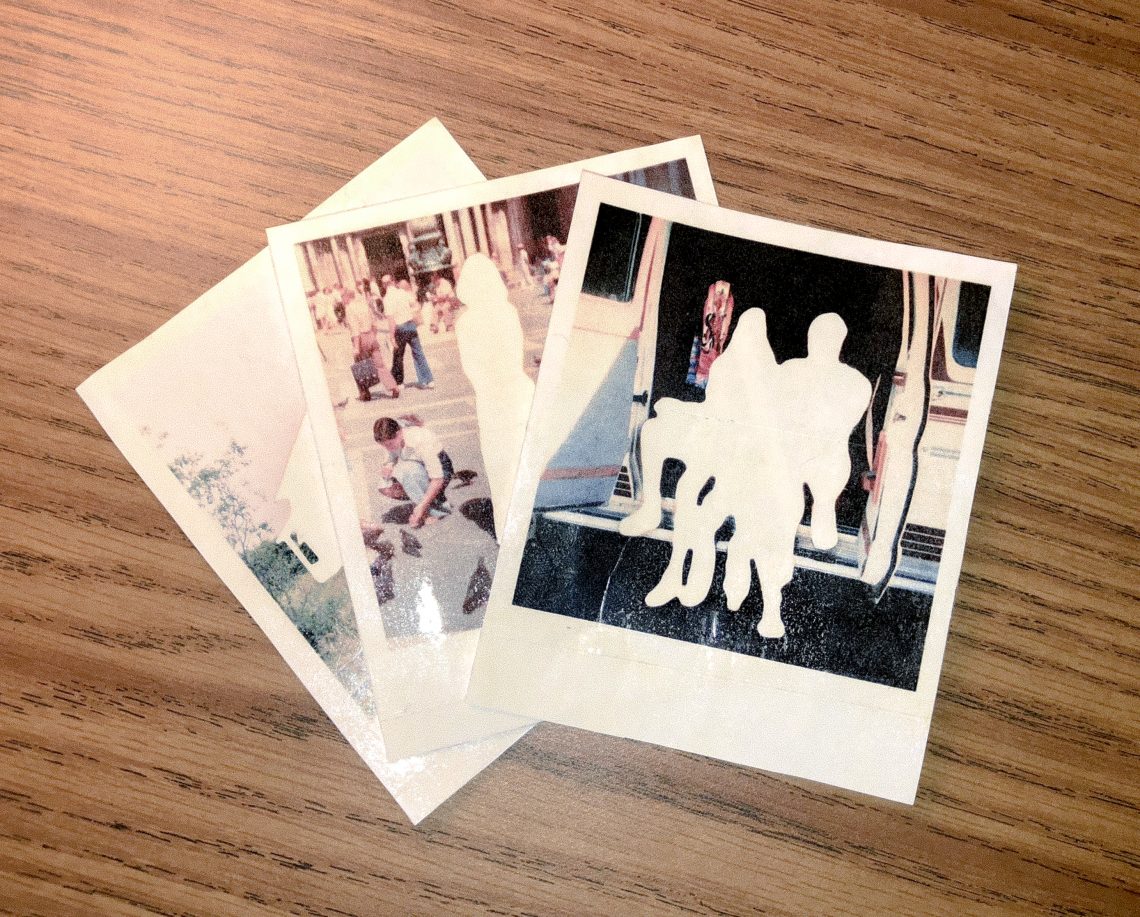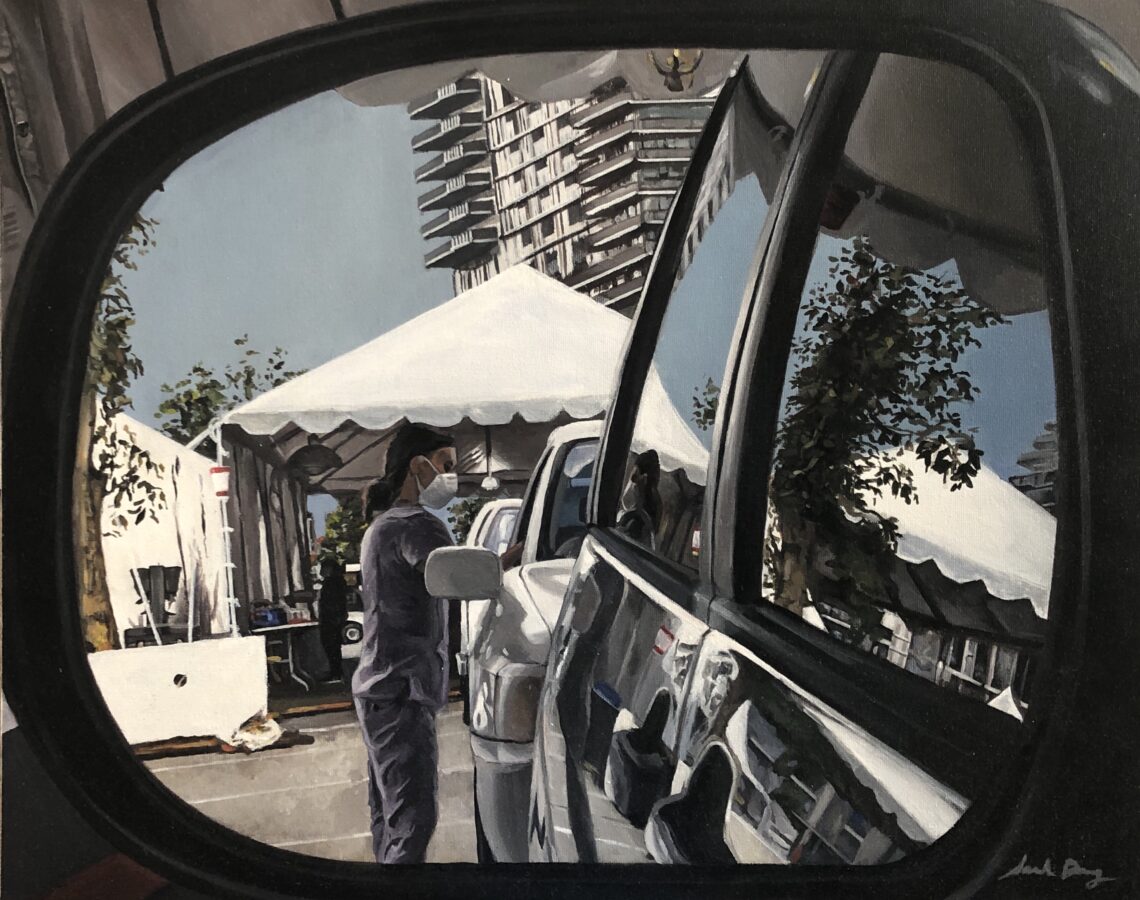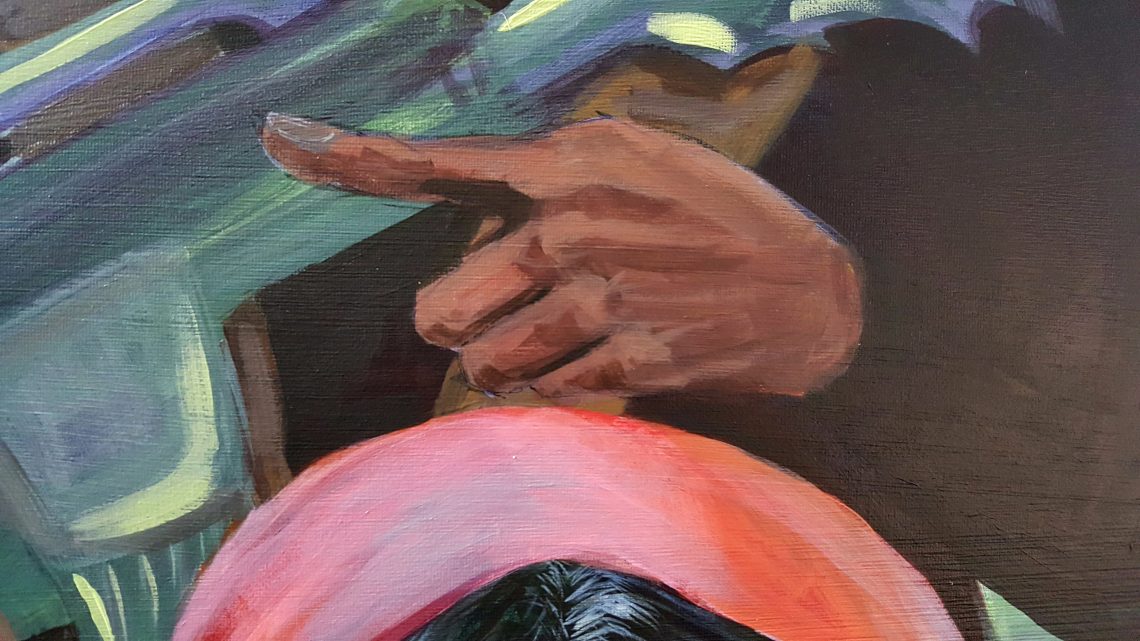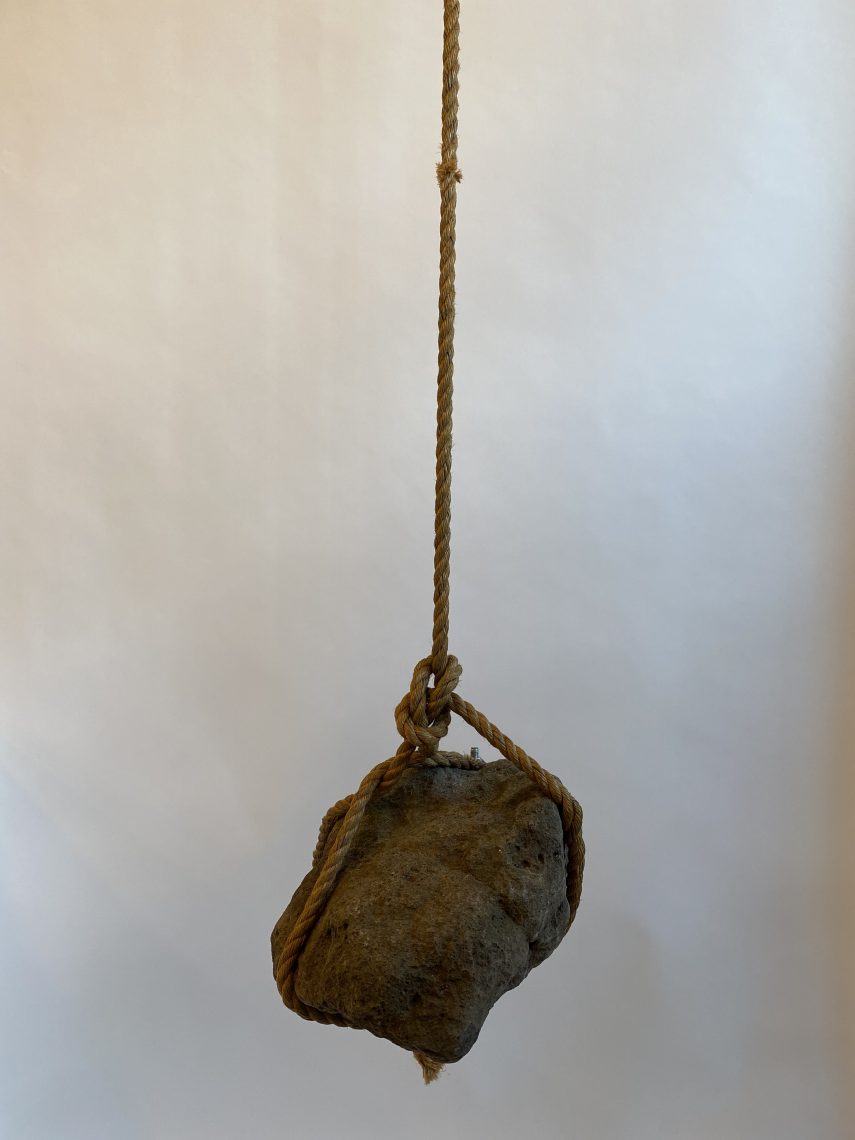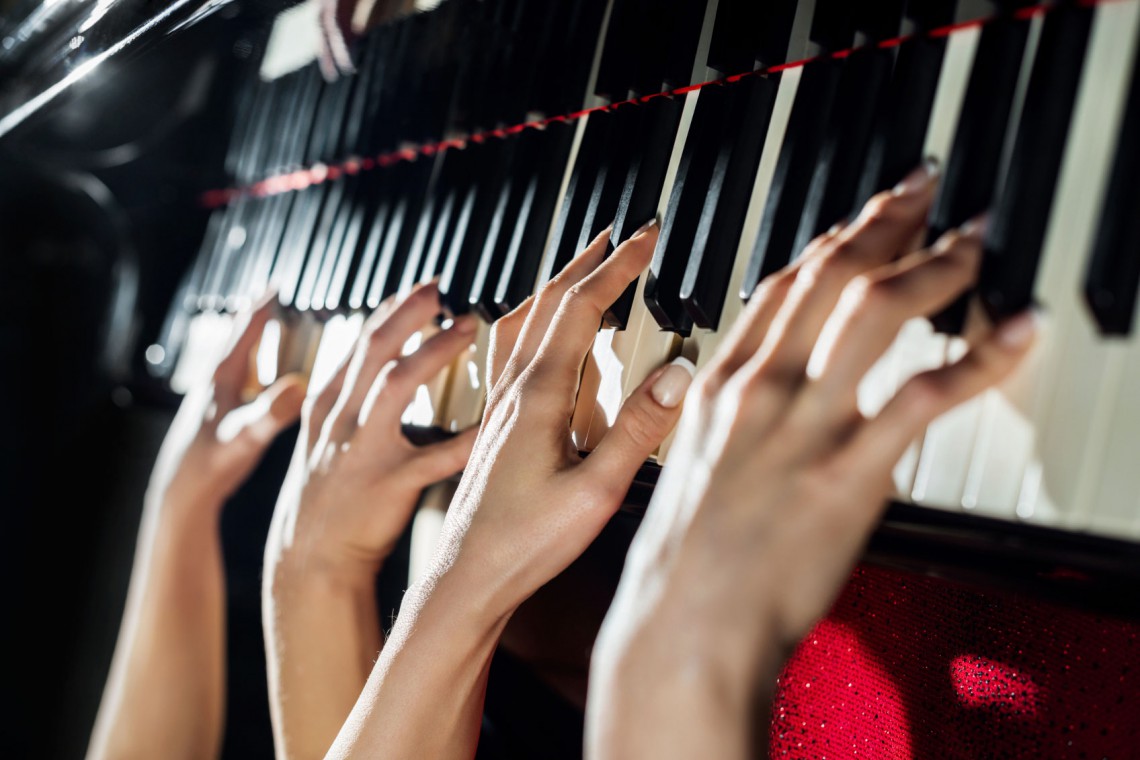
Photo: L.A. Cicero
Four-hand piano playing allowed an intimacy that was unusual in 19th-century Europe, says German studies professor Adrian Daub, who explores the cultural history of the performance technique in a new book.Stanford scholar reveals the surprising cultural history of four-hand piano playing
German studies professor Adrian Daub examines the social mores of 19th-century Europe through a study of "four-handed monsters" – when the hands of two players intermingled on the same piano. It was a phenomenon that both fascinated and repelled.
In 19th-century Europe – long before LPs, CDs or mp3s – there were only two ways to listen to, say, the latest Beethoven symphony: either you were lucky enough to hear it performed at the local concert hall, or you played it at home yourself.
Not with a full orchestra, of course, but in a piano transcription, an arrangement that compressed symphonic violins, oboes and tubas onto a single keyboard score. And, to really mimic the range of a whole orchestra, amateurs played “four-handed,” with two pianists sitting side-by-side.
These close-contact duets took off among the nascent middle class. Historian Edward Cone dubbed the players “four-handed monsters,” both for the style’s raging popularity and for its scandalous stigma.
“Piano four hands represented a safe space in which touching and nearness were permitted or even desired – something that was unusual at the time,” said Adrian Daub, associate professor of German studies at Stanford.
Daub takes Cone’s descriptor as the title of his new book exploring this largely forgotten phenomenon, Four-Handed Monsters: Four-Hand Piano Playing and Nineteenth-Century Culture.
Four-hand playing “bridged the divide between serious musicians and total amateurs,” Daub said.
“This was a welcome vehicle for the greatest composers of the 19th century and at the same time it was the much-maligned party game – the equivalent of Twister – for the ‘philistine’ bourgeois.”
Using a range of musical and literary sources, Daub’s study is the first to examine the cultural valences of this strikingly intimate tradition.
Drawing from novels, memoirs and letters, Daub’s survey reveals, for instance, how 19th-century anxieties surrounding creativity, industrialization, sex, virtue and politics were exercised through the act of four-hand piano playing.
Daub’s previous research projects, one on Richard Wagner and sexuality, and another on the metaphysics of marriage in the 19th century, put him in a unique position to examine the phenomenon of four-hand playing and how “the dangers and the utopian promises it seemed to make … tell us much about the 19th century.”
As Daub put it, “it’s almost incredible how much people were able to read into what to modern eyes seems a pretty harmless pursuit.” Whether this was a fear of moral dissoluteness or a “promise of a better way of engaging with the other sex or other people more generally,” four-hand playing “was asked to do a lot, far more than comparable modes of performance.”
Heather Hadlock, associate professor of music at Stanford, sees Daub’s study as an important contribution to music scholarship. “Until recently, transcriptions and arrangements were dismissed as having little artistic value or historical significance,” Hadlock said.
Daub’s study, however, is the first step toward rectifying this oversight, revealing how four-hand piano duets in the 19th century resounded far beyond the parlor.
Romantic undertones
As pianos became increasingly affordable over the course of the century, more and more middle-class families made the instrument a centerpiece of domestic life. While solo piano playing never went out of style, the increased musical range and social interaction offered by four-hand playing caught on.
“Four-hand arrangements became the standard vehicle for the private, or semi-private, consumption of music of all kinds,” said Daub. “Symphonies, operas, chamber music, dance music and so on, from trivial waltzes to apocalyptic Mahler symphonies.”
“The collaboration of four hands across the whole range of the modern piano allowed two players to reproduce virtually any repertoire within the privacy of the home,” said Stanford music Professor Thomas Grey.
Well-versed in both music and literature, Daub amassed a staggering number of allusions to four-hand playing from 19th-century sources. He also collected references from four-hand practitioners and mined digital databases.
From William Thackeray to Charles Dickens to Thomas Mann, four-hand playing makes appearances in famous novels of the period.
Even the philosopher Friedrich Nietzsche wrote on – and composed – four-hand pieces, saying that they “may be taken as a divining rod for a good marriage.”
Cumulatively, Daub said, these “short, often banal episodes are transformed into fleeting glimpses of a larger phenomenon, which in itself was too quotidian and ubiquitous to merit discussion in its own day.”
In large part, Daub said, the popularity of the activity was driven by the romantic undertones of four-hand playing.
Daub quotes the composer Robert Schumann, for instance, who reported, “a four-hand piece allows us reveries together with our beloved, provided she plays the piano.”
“Togetherness on the keyboard was to become a symbol for togetherness in marriage,” Daub said.
Forced intimacy
Four-hand playing, though, also had a dark side: the erotic possibilities created when fingers touched, bodies sidled and harmony was made.
Composers, well aware of the situation, took advantage of the forced intimacy by crafting pieces that caused the hands to overlap and interlock, generating as much contact as possible.
Daub quotes novelist William Thackeray, who wrote of a “pretty little duet à quatre mains, where the hands cross over, and hop up and down the keys, and the heads get so close, so close. Oh, duets. Oh, regrets.”
At the same time, literary treatments of four-hand playing projected notions of propriety and virtue. Daub cites a telling passage in Dickens’s David Copperfield to comment on how four-hand piano playing reflected such social mores.
The novel’s eponymous narrator, watching a recital by two young women, begins to rethink his opinion of one’s moral standing:
“The innocent beauty of her face was not as innocent to me as it had been; I mistrusted the natural grace and charm of her manner; and when I looked at Agnes by her side, and thought how good and true Agnes was, suspicions arose within me that it was an ill-assorted friendship.”
In Daub’s reading, the narrator’s shifting perceptions of his beloved is mediated by watching her play four-hand piano, the music laying bare her “true” character.
Four-hand playing also emerged as a potent political symbol because of the collaboration and unity inherent in the practice.
Music scholar Hans Moldenhauer, writing in 1950 after having been exiled from Nazi Germany, looked back at four-hand playing wistfully: “Dictatorial practices have no place in [four-hand] pianism.”
Daub comments on the writer’s “clear sense that four-hand piano playing doesn’t allow for a Führer principle.” For Moldenhauer, there was something beautifully communal about the four-hand “republic.”
But by the time Moldenhauer extolled its virtues, the practice was quickly losing popularity. The practice continues today (all of the Stanford scholars quoted in this article are four-hand players), but people no longer attach as much interest to it.
Still, Daub, who has attended a number of four-hand concerts, says that seeing two people at one keyboard “instills a surprising sense of intimacy.”
“What other mode of performance has the onlooker asking themselves: ‘Should I be watching this?'”




